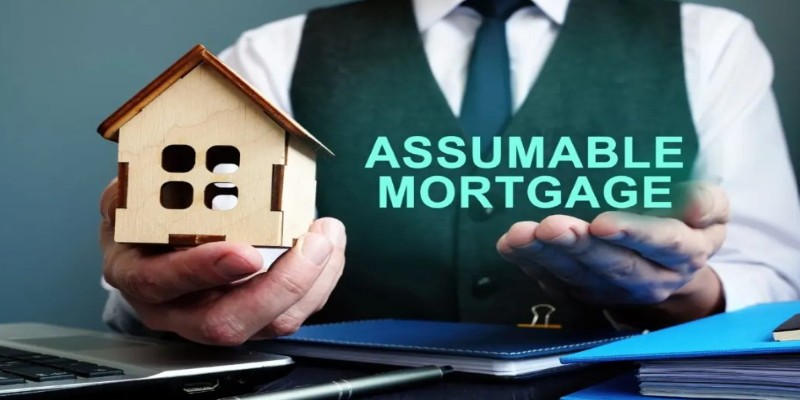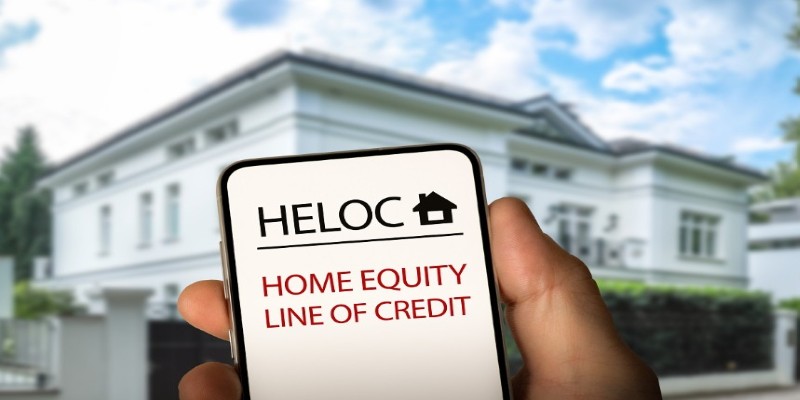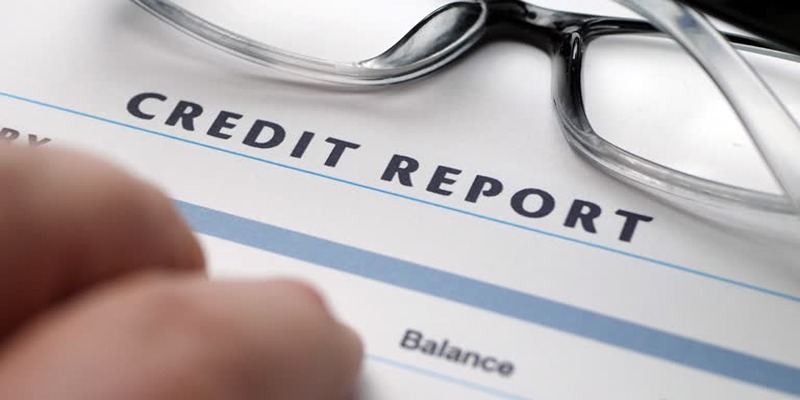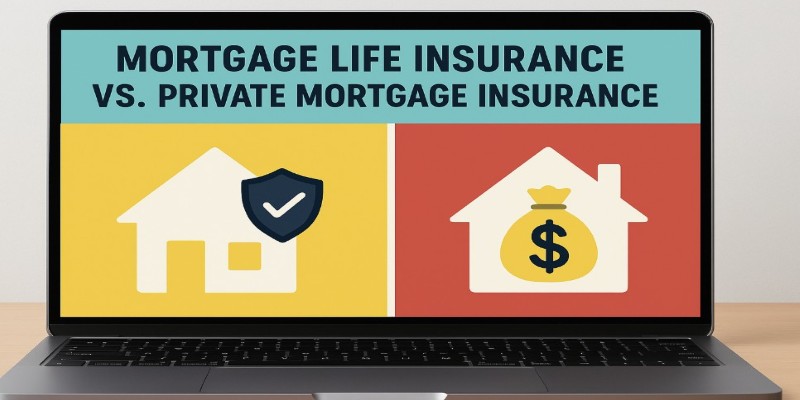Many homeowners have built significant value in their properties but hesitate to tap into it. Traditional options like refinancing can feel complicated or costly, especially with rising interest rates. That’s where HELOCs come in. Home equity lines of credit offer a straightforward way to access funds tied up in a house without overhauling existing mortgages.
They provide flexibility that fits different needs, covering unexpected expenses or funding home improvements. More people are discovering how HELOCs turn home equity into usable cash, making them an increasingly popular choice for smart financial moves today.
What Is a HELOC and How Does It Work?
A home equity line of credit is a loan secured by your home but works more like a credit card. You're given a credit limit based on your home's value and how much you still owe on your mortgage. You can borrow from this credit line as needed, pay it back, and borrow again. It typically has two phases: a draw period and a repayment period. During the draw period—usually 5 to 10 years—you can borrow as you like and often make interest-only payments. Once that ends, you begin repaying both principal and interest.
Unlike a cash-out refinance, a HELOC doesn't require you to change your existing mortgage terms. That's a big reason people are leaning toward them now, especially if they already have a low fixed-rate mortgage they want to keep. Instead of refinancing into a higher rate, a HELOC sits alongside the original loan, giving access to funds without disrupting what’s already in place.
Why More Homeowners Are Choosing HELOCs Today?
The shift toward HELOCs isn’t random—it’s tied to changing market conditions. For a while, mortgage refinancing was a go-to method for tapping into home equity. But as interest rates rose, refinancing became less attractive. Why would anyone swap a 3% mortgage for one at 7% just to access cash?

HELOCs let homeowners sidestep that problem. They offer a separate, smaller loan without touching the original mortgage. That’s a practical advantage for those who locked in low rates during the housing boom of the last few years.
Another reason people are turning to HELOCs is how flexible they are. You don't need to take a lump sum all at once. You can borrow only what you need when you need it, whether it's $5,000 for a small project or $50,000 for a larger one. This makes HELOCs useful for ongoing expenses like home renovations, college tuition, or even starting a business. You only pay interest on the amount you used, not the full credit line.
With home values staying relatively strong across many markets, HELOCs are available to more people. Lenders typically allow you to borrow up to 85% of your home's value minus what you owe on your mortgage. As equity levels rise, so do credit limits. That expanded access makes HELOCs more appealing to a broader range of homeowners.
How do HELOCs Compare to Other Lending Options?
It helps to consider HELOCs in the context of the alternatives. Personal loans, for instance, are unsecured and come with higher interest rates. They’re easier to get for smaller amounts but don’t stretch as far when it comes to major expenses. Home equity loans (not lines of credit) offer a lump sum and a fixed rate, which some people prefer—but again, they’re less flexible.
Cash-out refinancing was once a common choice when mortgage rates were low. It lets borrowers refinance their entire mortgage for a larger amount and pocket the difference. But now that interest rates have climbed, refinancing an entire home loan just to get extra cash often doesn’t make financial sense. A HELOC doesn’t disturb the original mortgage and often comes with a lower starting interest rate than a personal loan.
That said, HELOCs aren't perfect. Their interest rates are usually variable, so they can go up over time. That makes budgeting a little trickier. And since your home is collateral, failing to repay could put you at risk of foreclosure. However, the trade-offs are worth it for many, given the flexibility and overall cost benefits.
The Role of Financial Planning in HELOC Decisions
Getting a HELOC isn’t just a financial decision—it's a planning choice. For people who use them wisely, HELOCs act as a financial cushion. They can smooth over emergency costs, help manage debt more efficiently, or pay for upgrades that increase home value. But they can also tempt people into overspending. It’s easy to swipe through a credit line when it feels like built-in money, but it’s still debt, and repayment has to be factored in.

One of the secondary keyword phrases is "unlock home equity," and HELOCs quite literally do that. They turn dormant value into usable funds. But the key is using that value with intention. Are you investing in your property? Handling temporary cash flow issues? Funding education with a plan to repay? That clarity makes all the difference between smart borrowing and financial stress.
Some homeowners even use a HELOC to consolidate higher-interest debts. By rolling credit card balances into a lower-interest HELOC, monthly payments can go down, and total interest costs can shrink. But again, that only works if future spending is kept in check. A HELOC is not a solution to overspending—it’s a tool to manage existing costs more effectively.
More lenders promote HELOCs as demand grows, but that doesn't mean approval is automatic. Lenders still look at credit scores, debt-to-income ratios, and home appraisals. A strong financial profile helps secure a better rate and larger credit line. That's why it's wise to compare offers, check terms carefully, and avoid borrowing more than you need.
Conclusion
HELOCs are catching on because they give homeowners flexible access to funds without giving up low mortgage rates. They’ve become a practical way to unlock home equity for real needs like renovations, tuition, or debt payoff. While the borrowing power is attractive, the key is to use it with discipline. When planned well, a HELOC turns home value into a working asset—not just stored equity on paper.












